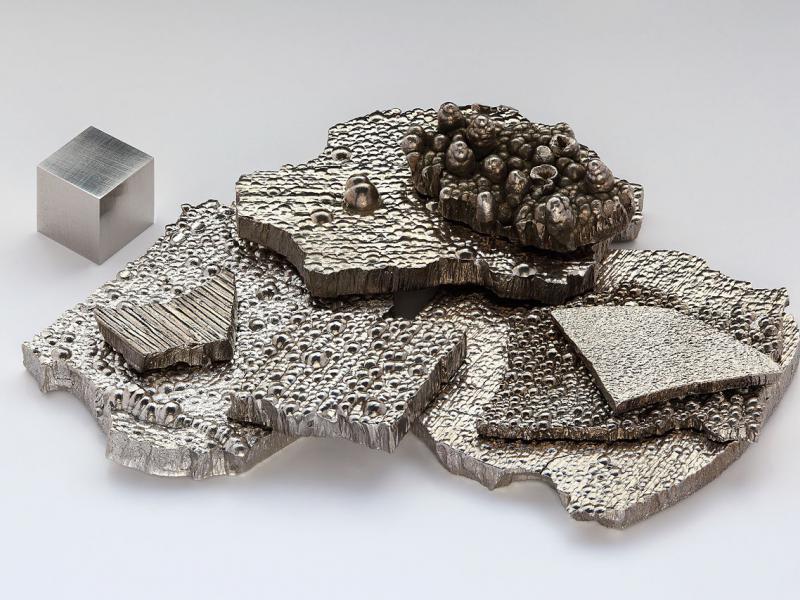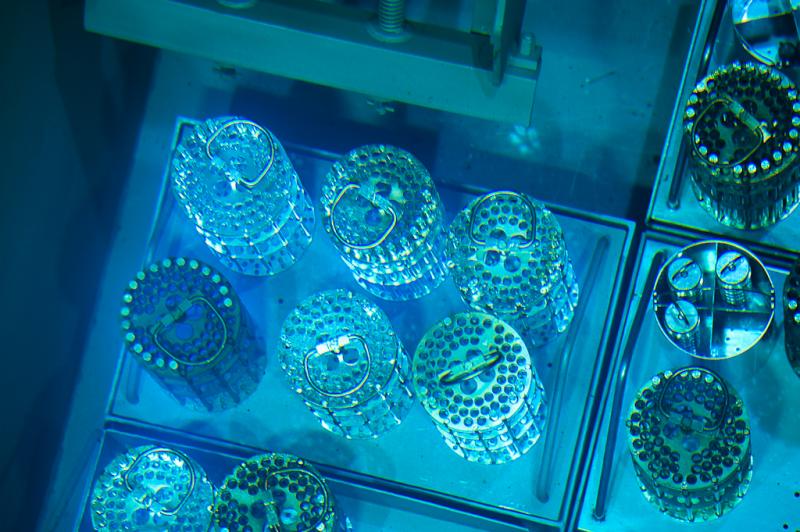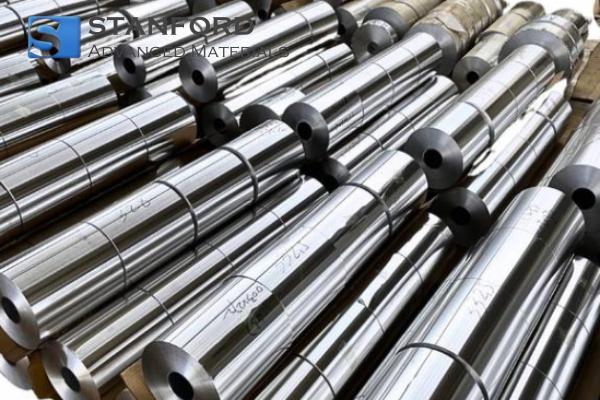What Are The Uses Of Cobalt?
Kobalt, with the chemical symbol Co and atomic number 27, is a metal with a broad range of industrial applications. It is sometimes referred to as "industrial sodium glutamate" and "industrial tooth". Owing to its limited availability, cobalt is classified as a strategic resource.
This metal is primarily extracted from copper–cobalt ores, nickel–cobalt ores, arsenic–cobalt ores and pyrite deposits. Only a few distinct cobalt minerals exist. Manganese-related structures on the seabed provide a potential reservoir for cobalt supply, thereby offering an additional source available over an extended period.

Traditional Applications of Cobalt
Cobalt is utilised in various industrial sectors. Its primary consumption areas include materials for batteries, high-temperature-resistant alloys, tool steels, cemented carbides and magnetic substances.
Battery Materials
In battery materials, cobalt plays a central role in lithium-ion batteries. Cobalt oxide cathodes increase energy density and performance. This improvement supports portable electronics and assists electric vehicle development.
High-Temperature-Resistant Alloys
Cobalt is incorporated into alloys that are designed to withstand elevated temperatures. In aerospace, cobalt alloys are employed to maintain the structural integrity of components such as turbine parts and aircraft engine elements when exposed to high thermal stress.
Tool Steels
Tool steels containing cobalt exhibit increased hardness and wear resistance. These properties render them suitable for cutting tools, drills and other applications that require durability and precision. The use of these steels in machining, mining and construction contributes to extended equipment service life.
Cemented Carbides
Cemented carbides consist of tungsten carbide particles embedded in a cobalt matrix. They are used in cutting tools, wear-resistant parts and mining equipment. The combination of tungsten carbide and cobalt produces a material that withstands rigorous conditions in machining, drilling and mining operations.
Magnetic Materials
Cobalt is also used in the development of magnetic materials for data storage and medical imaging. In various advanced electronic applications, the inclusion of cobalt in magnetic substances contributes to meeting established performance criteria.

The Radiological Applications of Cobalt-60
Cobalt-60 is a radioactive isotope employed in radiochemical analysis and medical treatments. In radiochemical analysis, it is used to determine the elemental composition of materials. This method is applied in environmental monitoring, quality control and forensic analysis.
In medical applications, Cobalt-60 is used for diagnostic radiological examinations and for treatment purposes. Its high-energy gamma rays are applied in radiotherapy following prescribed dose protocols measured in cGy. Consequently, targeted tumour cells are destroyed under controlled treatment conditions.
Cobalt in Aerospace and Related Industries
The inherent properties of cobalt – including high-temperature resistance, corrosion resistance and magnetic performance – lead to its extensive use in aerospace. In components such as jet engine parts and gas turbines, cobalt-based alloys maintain operational stability when exposed to elevated temperatures.
In mechanical engineering, cobalt is utilised in the manufacture of precision components, cutting tools and instruments. Cobalt alloys are integrated into gears and bearings, thereby contributing to consistent performance and extended service life in manufacturing operations.
Within the electrical and electronic sectors, magnetic substances based on cobalt are employed in transformers, electric motors and various devices. Cobalt-based magnetic materials are designed to meet rigorous performance specifications in these systems.
Chemical processes make use of the catalytic properties of cobalt. For example, in automotive applications, catalysts containing cobalt facilitate the conversion of harmful gases into substances with lower toxicity. Such applications contribute to emissions reduction and support sustainable technological measures.
The ceramics industry employs cobalt pigments in the manufacture of ceramics, glass and enamel. These pigments provide colour stability and consistency, which are important parameters in quality assurance protocols.

In the electrical and electronics industry, the magnetic properties of cobalt are utilised in components such as transformers and electric motors. Cobalt-based materials are incorporated to achieve the required performance levels in these systems.
Chemical processes employ cobalt as a catalytic agent in various reactions. In vehicle catalytic converters, cobalt-based catalysts facilitate the conversion of harmful exhaust gases into less toxic compounds. This contributes to meeting established environmental emissions standards.
The ceramics sector uses cobalt pigments for their stable and consistent colour properties. The application of these pigments in ceramics, glass and enamel enhances product quality through reliable colour reproduction.
The Role of Cobalt in Advanced Technologies and Future Developments
As industries evolve and technological landscapes change, cobalt continues to be applied in previously unexplored areas. Its use in energy storage, catalysis and magnetic technologies establishes its importance in numerous fields. Ongoing research is expected to quantify additional applications, thereby reinforcing its position as an essential material in materials science.
In summary, the practical applications of cobalt extend beyond its basic industrial classification. From its use in aerospace components to its role in magnetic and catalytic processes, cobalt contributes to various sectors. Continued research in material science is quantifying its uses and revealing further potential applications.

 Bars
Bars
 Beads & Spheres
Beads & Spheres
 Bolts & Nuts
Bolts & Nuts
 Crucibles
Crucibles
 Discs
Discs
 Fibers & Fabrics
Fibers & Fabrics
 Films
Films
 Flake
Flake
 Foams
Foams
 Foil
Foil
 Granules
Granules
 Honeycombs
Honeycombs
 Ink
Ink
 Laminate
Laminate
 Lumps
Lumps
 Meshes
Meshes
 Metallised Film
Metallised Film
 Plate
Plate
 Powders
Powders
 Rod
Rod
 Sheets
Sheets
 Single Crystals
Single Crystals
 Sputtering Target
Sputtering Target
 Tubes
Tubes
 Washer
Washer
 Wires
Wires
 Converters & Calculators
Converters & Calculators
 Write for Us
Write for Us


 Chin Trento
Chin Trento



